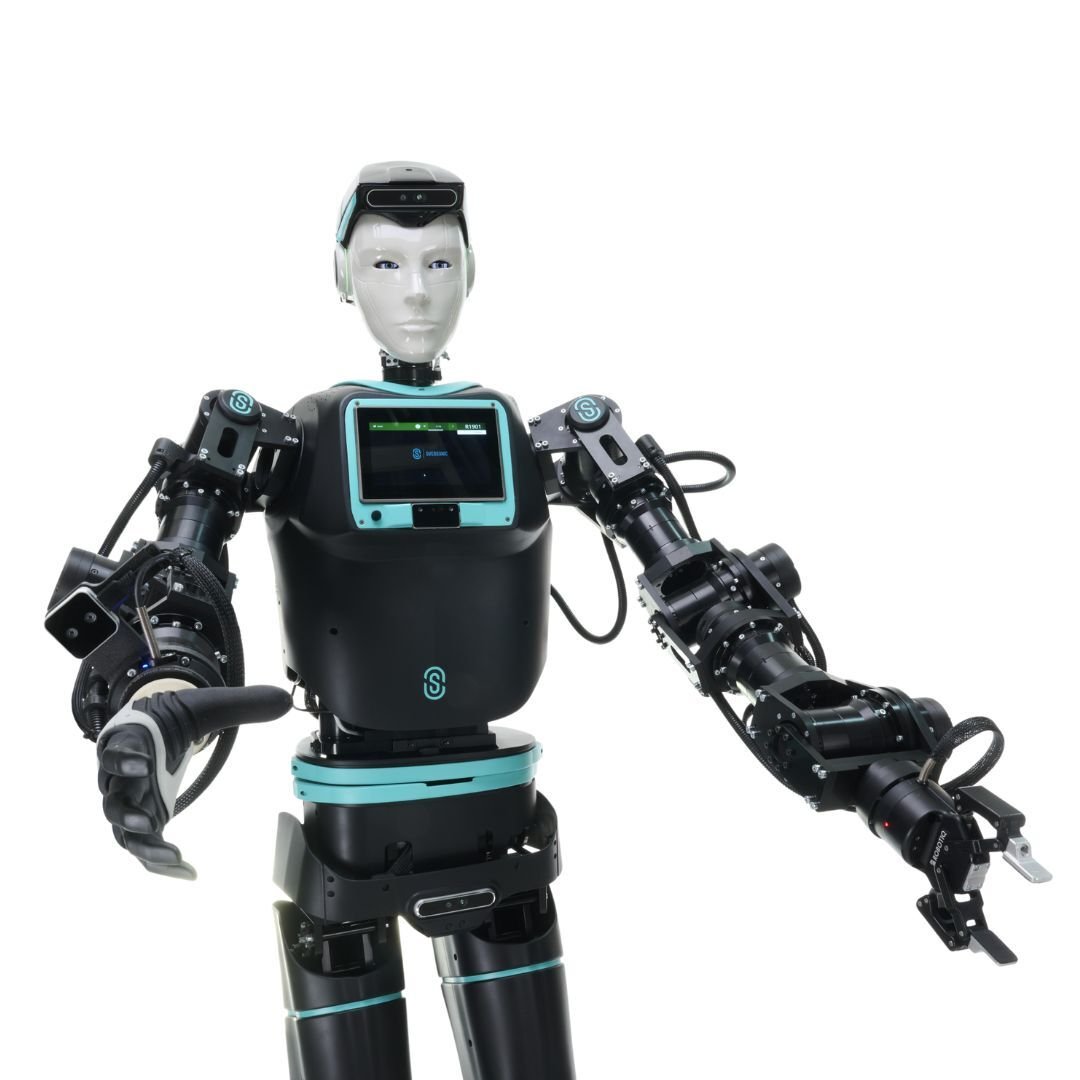2 min read
Nylon PA11 for MJF 3D Printing: 2025 Guide to the Second Generation
HP Multi Jet Fusion (MJF) 3D printing technology continues to evolve through the introduction of new high-performance materials — and leading the way...
2 min read
![]() Weerg staff
:
Nov 13, 2025
Weerg staff
:
Nov 13, 2025

HP Multi Jet Fusion (MJF) 3D printing technology continues to evolve through the introduction of new high-performance materials — and leading the way is the new second-generation Nylon PA11.
This material marks a significant step forward compared to the previous version, offering greater reliability, improved repeatability, and enhanced uniformity in the final product.
The updated PA11 MJF formulation delivers more consistent parts from batch to batch, with reduced variation in mechanical and dimensional properties — improving the overall quality of industrial additive manufacturing.
Nylon PA11 (polyamide 11) is a bio-based polymer derived from castor oil.
Compared to the more common PA12, it offers greater flexibility, toughness, and impact resistance — making it ideal for components exposed to mechanical or dynamic stress.
PA11 is widely used in sectors such as:
Automotive and motorsport: parts subject to vibration or impact
Medical and orthopaedic: ergonomic, customised devices
Industrial: components under cyclic loads or hinges
Sports and consumer design: lightweight yet durable products
Beyond its performance, PA11 stands out for its sustainability — it is renewable and recyclable, perfectly aligned with modern production policies.
The new second-generation PA11 for MJF 3D printing has been developed to enhance production stability and repeatability — two key parameters for large-scale manufacturing.
Compared to the first version, the new PA11 offers:
Higher repeatability → consistent mechanical properties (strength, elasticity, hardness) throughout production
Improved dimensional uniformity → reduced shrinkage and deformation variation between printed parts
Enhanced reliability → greater thermal stability and process precision reduce waste and increase predictability
Lower property variation → minimal differences between parts, even across high-volume production runs
These improvements make second-generation PA11 the ideal material for achieving high production standards and long-term consistency.

|
Properties |
PA11 (new generation) |
PA11 (previous) |
|
Density |
1.03 g/cm³ |
1.03 g/cm³ |
|
Tensile strength |
unchanged |
unchanged |
|
Elongation at break |
unchanged |
unchanged |
|
Elastic modulus |
unchanged |
unchanged |
|
Dimensional stability |
improved |
standard |
|
Production repeatability |
superior |
medium |
|
Material uniformity |
optimised |
variable |
Thanks to a more controlled cooling curve and an optimised formulation, the new PA11 exhibits more predictable behaviour and consistent performance even after extended processing cycles.
The combination of second-generation PA11 and HP Multi Jet Fusion technology offers multiple industrial benefits:
Stable, repeatable production even at high volumes
Improved colour and surface texture uniformity
Greater toughness and impact resistance, even at low temperatures
Reduced deformation and improved cooling behaviour
Compatibility with complex geometries thanks to the material’s inherent flexibility
Environmental sustainability: PA11 is sourced from renewable materials and contributes to reducing CO₂ emissions
This makes it one of the most reliable materials for industrial MJF 3D printing — ideal for functional production and components operating in dynamic or demanding environments.
The new Nylon PA11 for MJF 3D printing is suited to a wide range of applications, including:
Flexible mechanical components (hinges, springs, joints)
Impact- and vibration-resistant parts (mounts, brackets, clips)
Medical prosthetics and aids (soft, durable, lightweight)
Automotive components (clips, covers, connectors, dynamic parts)
Sports and consumer products (shells, handles, shock-absorbing structures)
Thanks to its dimensional stability and repeatability, the new PA11 is ideal for continuous industrial production — ensuring every part is identical to the last.
The new second-generation Nylon PA11 for MJF 3D printing represents a major advancement in technical polymers for additive manufacturing.
While retaining the excellent mechanical properties of its predecessor, it delivers higher reliability, uniformity, and repeatability — ensuring consistent results over time and reducing production variability.
It is the perfect material for those seeking stable performance, dimensional precision, and consistent industrial-scale production quality.

2 min read
HP Multi Jet Fusion (MJF) 3D printing technology continues to evolve through the introduction of new high-performance materials — and leading the way...

3 min read
The term annealing refers to a heat treatment used to modify the physical and mechanical properties of a material.From metals to polymers—and even ...

2 min read
In the field of advanced robotics, Italy stands out for its ability to combine research, innovation and...